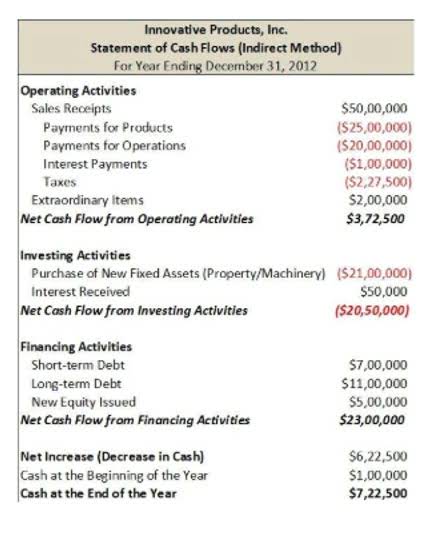
A built-in gain or loss is the difference between the FMV of the property and your adjusted basis in the property at the time it was contributed to the partnership. If you contributed more than 10 properties on a single date during the tax year, the statement may instead show the number of properties contributed on that date, the total amount of built-in gain, and the total amount of built-in loss. If you have net income (loss), deductions, or credits from any activity to which special rules apply, the partnership will identify the activity and all amounts relating to it on Schedule K-1 or on an attached statement. The passive activity limitations are applied separately for items (other than the low-income housing credit and the rehabilitation credit) from each PTP. Thus, a net passive loss from a PTP may not be deducted from other passive income. Instead, a passive loss from a PTP is suspended and carried forward to be applied against passive income from the same PTP in later years.

Partner’s Share of Income, Deductions, Credits, etc. (For Partner’s Use Only)
If you didn’t materially participate in the oil or gas activity, this interest is investment interest reportable as described earlier under Code H ; otherwise, it’s trade or business interest. If you didn’t materially participate in the oil or gas activity, this interest is investment interest expense and should be reported on Form 4952. If you materially participated in the activity, report the interest on Schedule E (Form 1040), line 28. On a separate line, enter “interest expense” and the https://x.com/BooksTimeInc name of the partnership in column (a) and the amount in column (i).
- Certain entities and partnerships file Schedule K-1 forms with the IRS and issue them forms to partners and shareholders.
- If you made any tax-exempt income or made any nondeductible expenses, report them here.
- If you don’t already have one, decide if an accountant or bookkeeper is right for you, then hire one.
- However, you may elect to amortize these expenditures over the number of years in the applicable period rather than deducting the full amount in the current year.
- If so, you need to know how K-1 forms work for funds or property.
When do you receive a Schedule K-1?
The following additional limitations apply at the partner level. The partnership will report portfolio income other than interest, ordinary dividend, royalty, and capital gain (loss) income, and attach a statement to tell you what kind of portfolio income is reported. However, an amount from what does k1 mean a rental real estate activity isn’t from a passive activity if you were a real estate professional (defined earlier) and you materially participated in the activity.

TurboTax is Ready To Help Filers For Tax Year 2022
See the Instructions for Schedule D (Form 1040) and the Instructions for Form 8949 for details on how to report the gain and the amount of the allowable postponed gain. Code M. Gain eligible for section 1045 rollover (replacement stock purchased by partnership). If you have any foreign source net section 1231 gain (loss), see the Partner’s Instructions for Schedule K-3 for additional information. If you have any foreign source unrecaptured section 1250 gain, see the Partner’s Instructions for Schedule K-3 for additional information.

Spinach Nutrition: Vitamin K Powerhouse That Protects Bone, Eye, Brain & Heart Health
- The basis of your stock is generally figured at the end of the corporation’s tax year.
- The partnership will report on an attached statement your share of qualified food inventory contributions.
- Many, or all, of the products featured on this page are from our advertising partners who compensate us when you take certain actions on our website or click to take an action on their website.
- Exchange-traded funds investing in commodity futures or currencies are often set up as limited partnerships.
- When a partnership forms, the partnership must keep records of each partner’s initial investment on a K-1.
- For example, companies must issue to their partners K-1s that provide details on their share of yearly earnings, their share of dividends and interest earned from the investment and other information.
If you make this election, these items aren’t treated as adjustments or tax preference items. They will be listed on https://www.bookstime.com/blog/real-estate-cash-flow that page and will clearly show which K-1 activities were passive and non-passive. In Part II of the Form K-1, you’ll see your information and it’s important to double-check this information against any agreement you have with the partnership. Form K-1 will report information about the partnership and you, the partner.
The U.S. tax code allows for certain businesses and trusts to pass income-tax liability onto the shareholders or partners who have a vested interest in the business. Partnerships, S corporations, trusts or estates that shift income taxes from the entity to its partners, shareholders or beneficiaries are referred to as pass-through entities. Schedule K-1 is the federal tax form prepared by these entities to report annual income, losses, credits, deductions and other distributions for each partner, shareholder or beneficiary.
Guide to Small Business Tax Forms, Schedules, and Resou…
This website provides preliminary and general information about the Securities and is intended for initial reference purposes only. It does not summarize or compile all the applicable information. This website does not constitute an offer to sell or buy any securities. No offer or sale of any Securities will occur without the delivery of confidential offering materials and related documents. This information contained herein is qualified by and subject to more detailed information in the applicable offering materials. Yieldstreet™ does not make any representation or warranty to any prospective investor regarding the legality of an investment in any Yieldstreet Securities.
